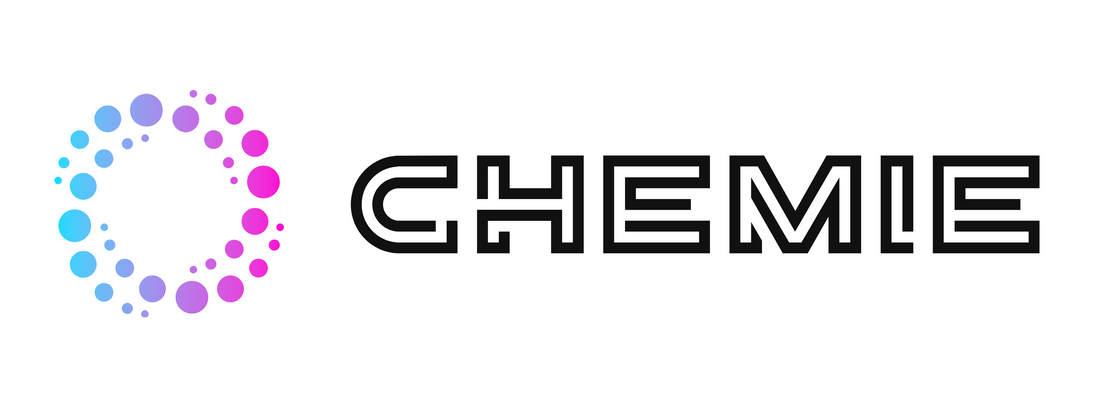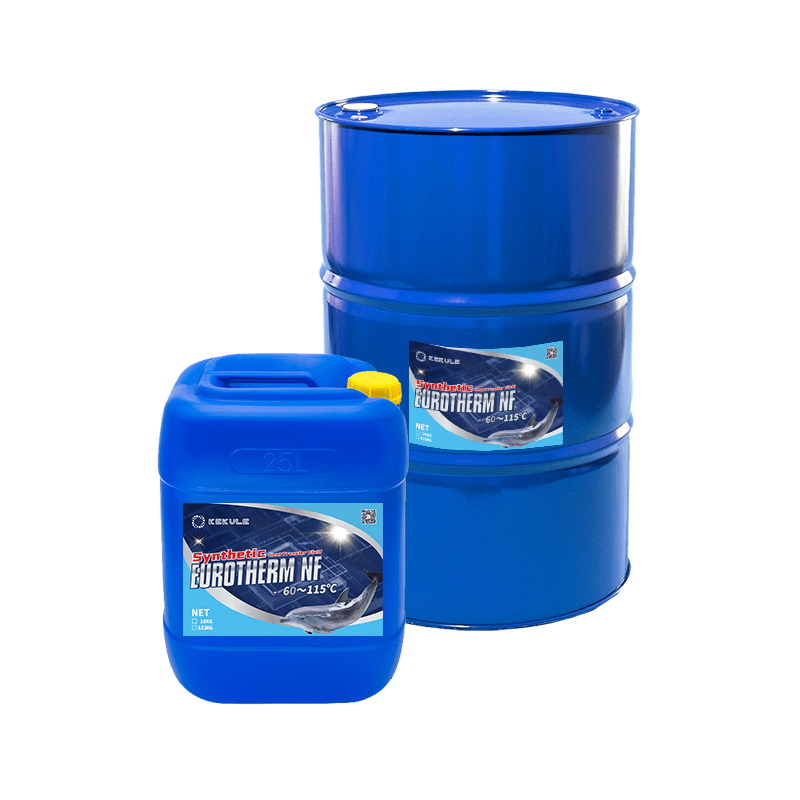Some Known Questions About Chemie.
Some Known Questions About Chemie.
Blog Article
The smart Trick of Chemie That Nobody is Talking About
Table of ContentsThe Chemie StatementsOur Chemie DiariesUnknown Facts About ChemieThe Main Principles Of Chemie Some Ideas on Chemie You Should KnowThe Basic Principles Of Chemie
By Bojanna Shantheyanda, Sreya Dutta, Kevin Coscia and David SchiemerDynalene, Inc. Liquid cooling, which can be attained making use of indirect or direct ways, is utilized in electronic devices applications having thermal power thickness that may exceed safe dissipation with air cooling. Indirect fluid air conditioning is where heat dissipating digital components are literally separated from the liquid coolant, whereas in situation of straight cooling, the components remain in direct contact with the coolant.In indirect air conditioning applications the electric conductivity can be essential if there are leaks and/or splilling of the fluids onto the electronics. In the indirect air conditioning applications where water based liquids with deterioration preventions are typically used, the electric conductivity of the fluid coolant primarily depends on the ion focus in the liquid stream.
The rise in the ion focus in a shut loophole liquid stream may occur due to ion seeping from steels and nonmetal parts that the coolant fluid is in call with. Throughout operation, the electrical conductivity of the fluid might raise to a level which can be harmful for the air conditioning system.
Chemie Things To Know Before You Get This
(https://businesslistingplus.com/profile/chemie999/)They are grain like polymers that can exchanging ions with ions in a service that it touches with. In the present work, ion leaching examinations were done with various metals and polymers in both ultrapure deionized (DI) water, i.e. water which is dealt with to the highest degree of pureness, and reduced electric conductive ethylene glycol/water mixture, with the measured change in conductivity reported in time.
The samples were permitted to equilibrate at area temperature level for two days prior to recording the initial electric conductivity. In all tests reported in this study liquid electric conductivity was determined to an accuracy of 1% making use of an Oakton disadvantage 510/CON 6 collection meter which was adjusted prior to each measurement.
The Best Guide To Chemie
from the wall home heating coils to the facility of the heating system. The PTFE example containers were positioned in the furnace when constant state temperature levels were reached. The test configuration was eliminated from the heater every 168 hours (seven days), cooled to area temperature with the electrical conductivity of the liquid measured.
The electric conductivity of the fluid sample was checked for an overall of 5000 hours (208 days). Schematic of the indirect shut loop cooling down experiment set-up. Elements utilized in the indirect closed loop cooling experiment that are in call with the fluid coolant.

The Only Guide to Chemie
The adjustment in fluid electric conductivity was checked for 136 a knockout post hours. The liquid from the system was gathered and saved.

0.1 g of Dowex resin was contributed to 100g of fluid examples that was absorbed a separate container. The blend was stirred and transform in the electric conductivity at space temperature was gauged every hour. The determined change in the electric conductivity of the UP-H2O and EG-LC test liquids having polymer or metal when engaged for 5,000 hours at 80C is shown Figure 3.
Examine This Report about Chemie
Ion seeping experiment: Measured adjustment in electrical conductivity of water and EG-LC coolants including either polymer or metal examples when submersed for 5,000 hours at 80C. The outcomes show that metals contributed fewer ions into the fluids than plastics in both UP-H2O and EG-LC based coolants.
Fluids consisting of polypropylene and HDPE exhibited the least expensive electrical conductivity adjustments. This could be because of the short, inflexible, direct chains which are less likely to add ions than longer branched chains with weak intermolecular pressures. Silicone likewise carried out well in both test liquids, as polysiloxanes are typically chemically inert as a result of the high bond energy of the silicon-oxygen bond which would certainly prevent deterioration of the material right into the liquid.
Chemie Can Be Fun For Anyone
It would certainly be expected that PVC would generate comparable results to those of PTFE and HDPE based on the similar chemical structures of the products, however there might be various other pollutants existing in the PVC, such as plasticizers, that may influence the electric conductivity of the fluid - inhibited antifreeze. Furthermore, chloride groups in PVC can likewise seep into the examination fluid and can create an increase in electrical conductivity
Buna-N rubber and polyurethane revealed signs of deterioration and thermal decay which recommends that their feasible utility as a gasket or sticky material at greater temperature levels can cause application problems. Polyurethane completely disintegrated into the examination liquid by the end of 5000 hour examination. Number 4. Prior to and after photos of metal and polymer examples submersed for 5,000 hours at 80C in the ion seeping experiment.
Calculated modification in the electrical conductivity of UP-H2O coolant as a feature of time with and without material cartridge in the shut indirect cooling loophole experiment. The measured change in electrical conductivity of the UP-H2O for 136 hours with and without ion exchange material in the loophole is received Figure 5.
Report this page